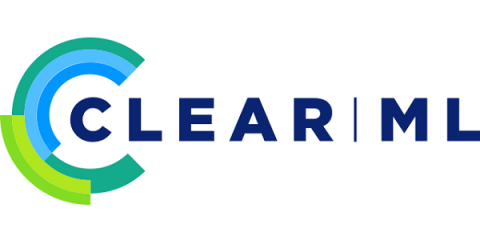Systems | Development | Analytics | API | Testing
%term
Enterprise data strategy: the right way to the cloud
Clive Humby stated, as far back as 2006, “data is the new oil.” The quote really took off following this 2017 report from The Economist. As a former chemical process engineer, oil immediately makes me think of refining it. Today’s analytics platform for the complete data lifecycle does the same for data as the refinery distillation columns does for crude oil: distilling value.
New Coronavirus Dashboards Reveal Which U.S. Counties May Start Spending First
Snowflake customer, Merkle Inc., has created a new set of COVID-19 interactive dashboards for businesses to use for free to determine which counties in the U.S. will most likely experience an economic recovery first. As economies reopen, states hit hardest by COVID-19, or states that relax social distancing measures sooner rather than later, will not reveal local market opportunities as they emerge.
Snowflake Service Account Security: Part 2
In Part 1, we covered the high-level objectives and methods for attacking service accounts. In Part 2 we discuss defense-in-depth mitigations to those methods. By the end of this blog, you will be able to apply secure-by-default mitigations to threats impacting Snowflake service accounts. The following table from Part 1 highlights the objectives and methods we want to mitigate: These secure-by-default mitigations help prevent and constrain credential misuse from theft and guessing attacks.
How to align your team with BDD & automate testing
Behaviour-driven development, also called BDD, is a methodology that involves developing software through examples and provides collaboration between different stakeholders on the team. Stakeholders on a SDLC team are a mixture of technical and non-technical people. BDD encourages all team members to work closely using a common, non-technical language to set the expectations and behavior of a feature. Because of BDD, they share a common understanding of the work that they have to deliver.
[Webinar] What's New in Katalon Studio 7.5 - Demo and Live Q&A
Device Testing iOS
The Anatomy of a Dev Team
A team of developers comprises several roles, with each contributing their own unique addition to the mix. Sometimes, it feels quite similar to every TV show ever about a slightly dysfunctional group of friends, (cough Friends, IT crowd, silicon valley cough), with each developer adding their own particular touch to not only the product, but the company vibe itself.
Setting up Allegro AI's Trains Platform
There’s a lot to track when training your ML models, and there’s no way around it; reviews and comparisons for best performance are virtually impossible without logging each experiment in detail. Yes, building models and experimenting with them is exciting work, but let’s agree that all that documentation can be laborious and error-prone – especially when you are essentially doing data entry grunt work, manually, using Excel spreadsheets.
Kuma 0.5.1 Released With Advanced Circuit Breakers and GUI Improvements
We are happy to announce the release of Kuma 0.5.1! This is a minor release that ships with improvements and bug fixes. For a complete list of features and updates, take a look at the full changelog.











